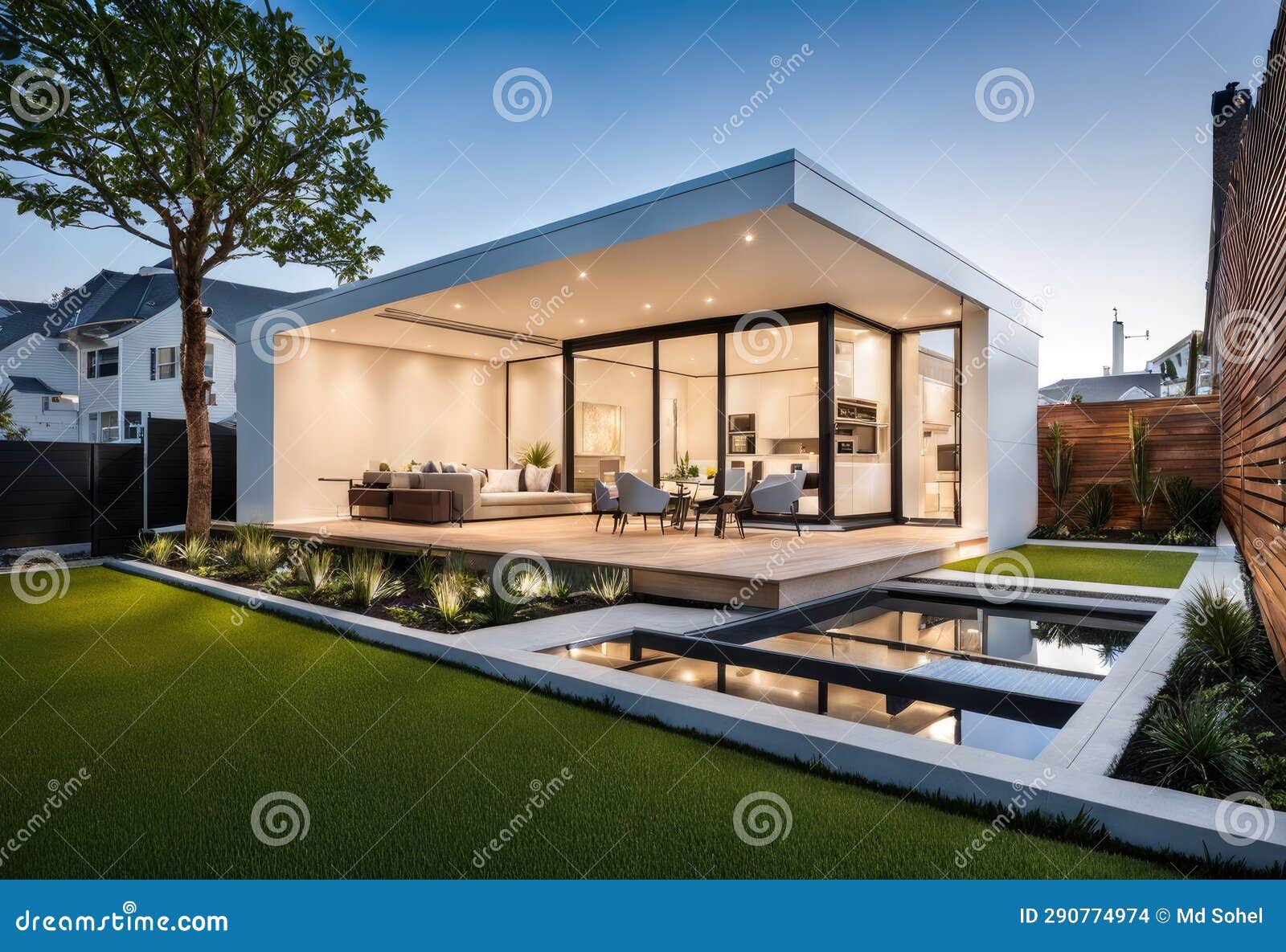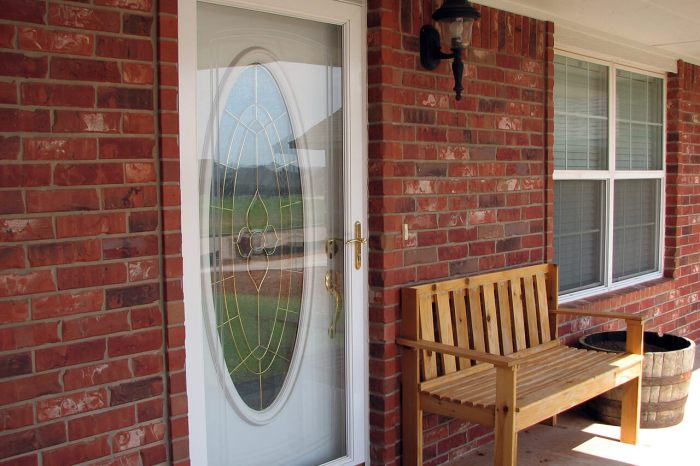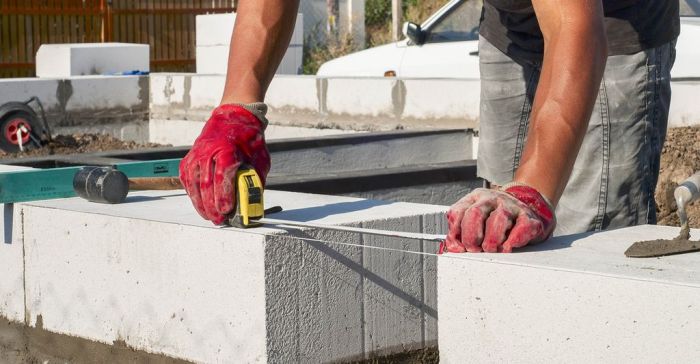Smart Lifestyle Design Tips for Small Urban Homes: Maximizing Space and Functionality
Embark on a journey to transform your small urban dwelling into a functional and stylish oasis with these smart lifestyle design tips. From innovative furniture selection to clever space utilization strategies, this guide will help you create a living space that is both practical and aesthetically pleasing.
Dive into the world of smart design solutions tailored for compact living spaces and discover how you can make the most out of every square foot available.
Smart Furniture Selection

When living in a small urban home, choosing the right furniture is crucial to maximize space and efficiency. By selecting furniture that serves multiple purposes and offers clever storage solutions, you can create a more functional living space.
Multi-functional Furniture
- Opt for a sofa bed that can be used for seating during the day and easily converted into a bed at night for guests.
- Consider a dining table that can be extended or folded down when not in use to save space in the dining area.
- Choose ottomans or coffee tables with hidden storage compartments to keep clutter at bay.
Space-saving Options
- Explore wall-mounted shelves or floating desks to utilize vertical space without taking up floor space.
- Invest in a murphy bed that can be folded up against the wall when not in use, creating more room for other activities.
- Consider nesting tables or stackable chairs that can be easily stored away when not needed.
Maximizing Storage
- Look for bed frames with built-in drawers or shelves to store clothing, linens, or other items.
- Use storage ottomans or benches that can double as seating while providing extra storage space for blankets, shoes, or toys.
- Install floating cabinets or wall-mounted organizers in the kitchen or bathroom to store essentials without taking up valuable floor space.
Efficient Space Utilization

Optimizing the space in small urban homes is crucial for creating a functional and comfortable living environment. By utilizing vertical space, implementing creative storage solutions, and maintaining a clutter-free space, you can maximize the usability of your home.
Optimizing Vertical Space
One effective strategy for small urban homes is to make use of vertical space. Install shelves or wall-mounted cabinets to store items off the floor and free up valuable living space. Consider utilizing tall bookshelves or wall-mounted storage units to maximize storage capacity without taking up precious floor space.
Creative Storage Solutions
- Utilize multi-functional furniture such as ottomans with hidden storage compartments or beds with built-in drawers to maximize storage space.
- Use under-bed storage containers to store seasonal clothing, extra linens, or shoes, keeping them out of sight and free up closet space.
- Install hooks or racks on the back of doors to hang coats, bags, or accessories, creating additional storage without taking up floor space.
Importance of Decluttering and Organizing
Decluttering and organizing are essential for maintaining a smart lifestyle design in small urban homes. Regularly go through your belongings and donate or discard items you no longer need. Invest in storage bins, baskets, or organizers to keep items neatly stored and easily accessible.
By decluttering and organizing your space, you can create a more functional and visually appealing environment.
Multi-functional Room Design
Creating multi-functional rooms in small urban homes is essential for maximizing space and functionality. By designing rooms that can serve dual purposes, you can make the most out of limited square footage and create versatile living spaces that adapt to different needs.
Tips for Multi-functional Room Design
- Utilize furniture with hidden storage compartments to maximize space and reduce clutter.
- Choose convertible furniture pieces that can easily transform to serve different functions, such as sofa beds or foldable dining tables.
- Consider installing sliding doors or room dividers to create separate areas within a single room for increased privacy and functionality.
- Opt for modular furniture that can be easily rearranged to accommodate various activities or layouts.
- Use wall-mounted shelves and storage solutions to free up floor space and keep the room organized.
Lighting and Color Schemes

When it comes to small urban homes, lighting and color schemes play a crucial role in creating a spacious and airy atmosphere. Maximizing natural light and choosing the right color palette can make a significant difference in how a small space feels.
Maximizing Natural Light
One of the key strategies in small urban homes is to maximize natural light to make the space feel brighter and more open. Here are some tips to achieve this:
- Keep windows clear of heavy drapes or bulky furniture to allow light to flow freely into the room.
- Use sheer curtains or blinds that can filter light while still providing privacy.
- Strategically place mirrors opposite windows to reflect light and create the illusion of a larger space.
- Consider installing skylights or light tubes to bring in more natural light, especially in areas with limited windows.
Choosing Color Schemes
The right color scheme can make a small urban home feel more spacious and cohesive. Here are some ideas on choosing colors that enhance the feeling of space:
- Opt for light and neutral colors like whites, creams, and soft pastels to create an airy and open atmosphere.
- Use monochromatic color schemes to create a sense of continuity and flow throughout the space.
- Consider painting ceilings and walls the same color to visually expand the height of the room.
- Add pops of color through accents like pillows, rugs, and artwork to inject personality without overwhelming the space.
Mirrors and Reflective Surfaces
Mirrors and reflective surfaces can work wonders in creating the illusion of a larger area in a small urban home. Here's how you can use them effectively:
- Place mirrors strategically to reflect natural light and create depth in the space.
- Consider using mirrored furniture or decor pieces to bounce light around the room and add a touch of glamour.
- Use reflective surfaces like glass tabletops or metallic finishes to enhance the brightness and visual spaciousness of the room.
Final Thoughts
As you embrace these smart lifestyle design tips for small urban homes, you'll unlock the potential of your space, creating a harmonious environment that reflects your unique style and personality. Say goodbye to clutter and hello to a living space that effortlessly combines form and function.
Top FAQs
How can I choose furniture that serves multiple purposes?
Look for pieces that offer storage options, such as ottomans with hidden compartments or sofa beds that can double as guest accommodations.
What are some creative storage solutions for small living areas?
Consider wall-mounted shelves, under-bed storage bins, and utilizing vertical space with tall bookcases or cabinets.
Why is lighting important in small spaces?
Good lighting can make a small room feel more spacious and inviting. Opt for natural light sources and strategic placement of artificial lighting to brighten up the space.


